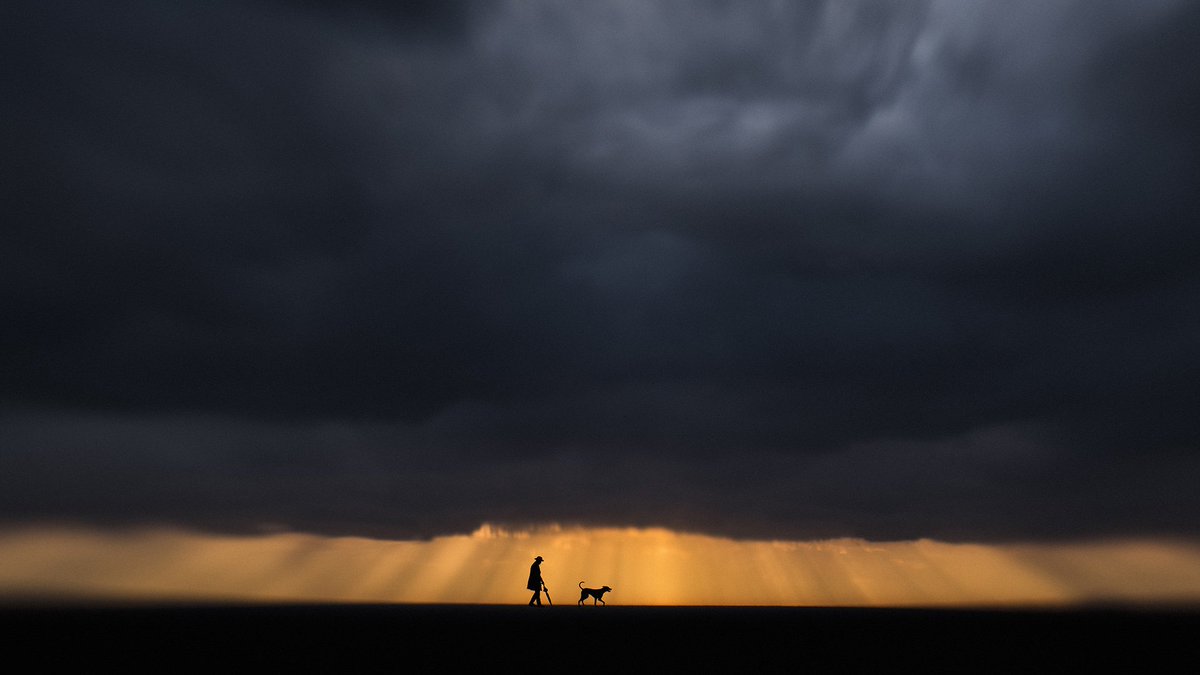I join the long, snaking queue outside TESCO, standing on the blue circle, 2 metres away from the person in front of me.
Everyone in the queue is either wearing a mask or gloves, or both. I am wearing neither. I see eyes glancing at my face and hands. As I inch the trolley forward, a few inches every few minutes, I realise I am different. I am the only brown person in the queue. The brown one without a mask or gloves.
I vowed that for my next trip to the get the groceries, I would wear a mask and gloves too. I didn’t want to be different. I wanted to be like everyone else. I didn’t want to stand out. I was finally like everyone else because I was experiencing the same phenomenon of being in a lockdown, doing live workouts, trying out new recipes, spending hours on social media laughing at videos and memes, reading, cleaning, and embarking on a marathon of movies and serials. I finally belonged. A pandemic had to happen for me to feel part of society, or more accurately, a part of ‘distanced’ society.
I decided to wear a mask and gloves the next grocery round. I wear a bindhi or a mark on my forehead. So when I wear a mask, I feel I am drawing attention to that mark. Which I didn’t want to do, as I wanted to blend in, be one of many, be invisible. In fact, when you are trying to socially distance yourself, that ’s exactly when people take a proper look at you, because they need to pay attention to your presence, your position and movement. I wore the mask and checked myself in the rearview mirror before I got out of the car. I looked ridiculous. My maroon bindhi shouted ‘look at me ’! I kept the mask on anyway, because I didn’t want others to think that I was not taking the necessary precautions. Fifteen minutes into the shopping venture, I felt everyone I passed was focused on my bindhi. As the minutes ticked on, I felt my bhindi was bulging, swelling out of my forehead while people shrank away from me, thinking that I belong to a third-eye worshipping cult that was conceived in pandemic fervour. By the time I finished paying, I was hyperventilating, unable to breathe, and my eyes were welling up. Once I was back in my car, I wrenched the mask off, ripping it into two. I was not wearing that again.
I try again a week later. I pull into TESCO car park. I can see the queue is long and winding, almost 50 metres. I reach into my bag and take out a fresh mask and gloves. I put them on. I glance in the mirror. My black bindhi is not so noticeable as I pull a strand of curly hair over it. I get a trolley and wipe down the handles with anti-bacterial wipe. I almost break into a jog to join the queue. As I inch the trolley forward every few minutes, it strikes me that I am different. I am the only brown person in the queue. And I am the only one wearing a mask.
…………….
I usually teach English as a foreign language but now I have returned to doing what I enjoy most – writing creatively. Radhika’s debut collection of short stories, ‘Why are you here?’, is available here.

Good piece Radhika. The ending was superb.
Loved the ending Radhika
Nice Radhika.
Very nice Rads. Like it very much.
Very relatable in so many ways, not least the inching line to that (unresolvable) ending.
A deeply touching piece Radhika. You write so well! You portray so well how it feels to be the ‘other’ and the inner turmoil of trying to fit in. I can feel the emotion and the futility of all the efforts, because mask or no mask, being the ‘other’ and feeling ‘outside’ doesn’t change.